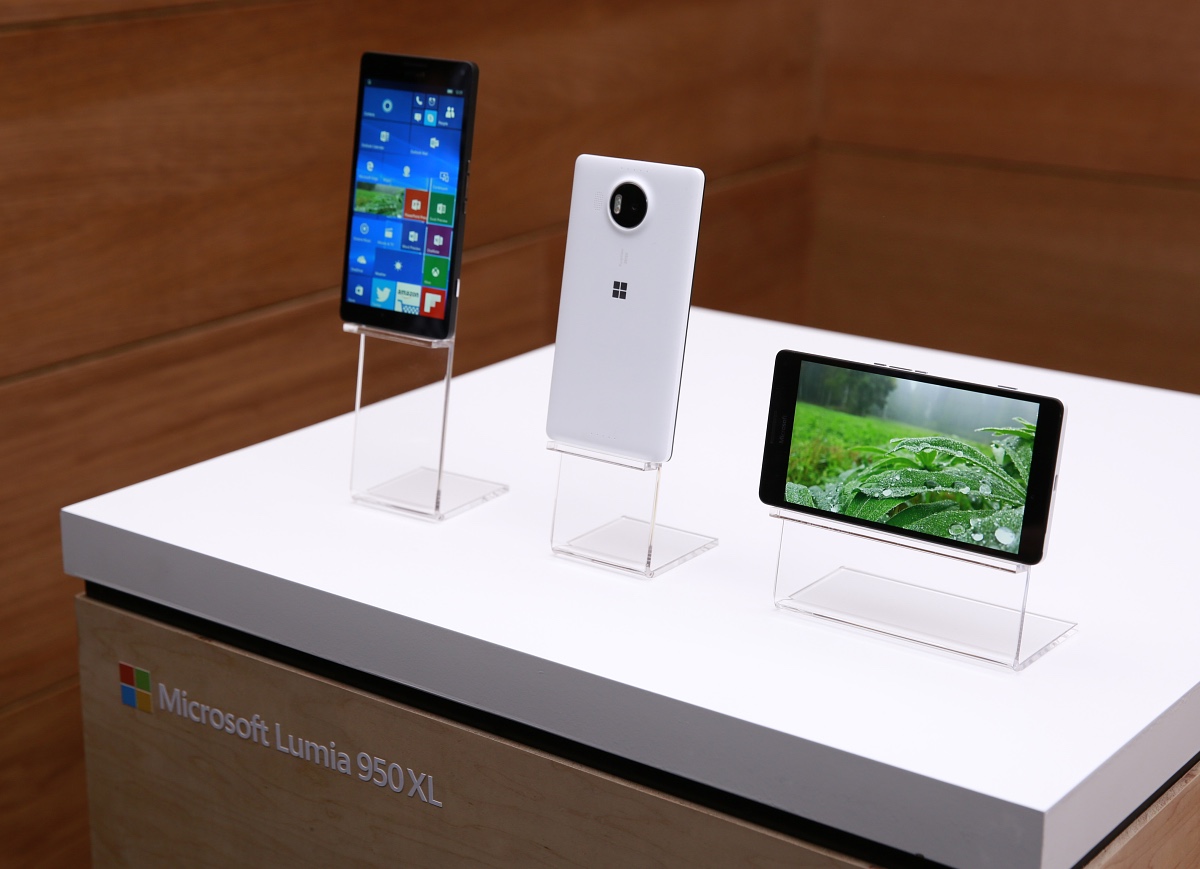As geeks (come on, you're reading AAWP, admit it, you like technology too), the hardware capabilities of our smartphones are just as important as the exact operating system and applications running on them. After all, the original definition of 'smartphone' referred to a 'converged device', i.e. one which encompassed the hardware and functionality to replace numerous previously standalone devices. Over time, with almost all phones now including enough base converged hardware, an increasing emphasis on software took over the 'smartphone' term. Think application stores and ecosystems, but for my money the 'smart' bit in the term has to be just as much about hardware as software.
Making it all the more frustrating when hardware features I'd taken for granted in a previous generation of smartphone got dropped for the next. Take a look at this list, from which manufacturers seemingly pluck items at random:
- Qi charging
- Replaceable battery
- Quick Charge 2.0 compliance
- microSD support
- Biometrics (fingerprints, iris recognition)
- Glance screen
- ClearBlack Display (or similar)
- OIS in the camera
- Hardware shutter/capture button
- Enough RAM (not always a given)
- Swappable cosmetic backs (change your style for the day)
- and (of course) Xenon flash for the camera
Those dozen were off the top of my head, yet it's remarkable that until this week almost no smartphone on the planet had most of these inside. The closest I can think of was the LG G4 in the Android world, but that's an acquired taste in terms of interface and button layout. Plus the last (Xenon) is seemingly receding in the distance as a priority, though see my thoughts on why this might turn out OK after all, here.
Of course, in practice the selection of what does and doesn't make the 'cut' in the design process isn't random, but rather the result of rationalisations as the scope of the device is established, the form factor, the target market, the cost of building it, and so on. Thus the Lumia 930 ended up without swappable battery, microSD support or Glance screen, to take one classic example. Ditto the various iPhones and recent Samsung Galaxies, to take other examples.
However, the new Lumia 950 and 950 XL stand out in that they've taken a 'no compromise' approach, building in everything mentioned above (apart from Xenon flash, which I'll henceforth stop mentioning!) They really are 'kitchen sink and all' devices and are just about the fulfilment of every Nokia and Windows Phone fan's dreams.

Everything in the one device. Everything. No longer can any of us point to a specific feature or specification that's lacking and use that as the reason not to buy.
Even the basics, not already mentioned, like high resolution screen, high speed processor and plenty of RAM, are all catered for, with spades. There's the price, of course, at over £500 in the UK including VAT. But, given the specs blow-out mentioned above, this is understandable.
Which means that, from now on, it really all is about the software:
- Windows 10 Mobile is very nearly ready for the big time, with the live tiles interface that works so well and, properly configured, is so much more capable than even Android's widget approach. Moreover the built-in applications, from Office to Outlook to Maps, are all much more grown up than the stripped down versions and alternatives in previous OS versions. Aside from preconceptions and prejudices, there really is no reason why any phone user might not want to jump onboard and give Windows 10 a try on their phone as well as their desktop/laptop. How great will the pull to the smartphone be after the successes on larger screens?
- Applications and ecosystem. Not for the first time, this is where it gets tricky. As enthusiasts, we at AAWP can point to unofficial clients for almost every service, from Tindr to Google+ to Instagram, but the lack of official clients hurts any potential user each and every time they search the appallingly bloated and confusing Windows 10 Store and come up with a bunch of potentially untrustworthy alternatives for what they were looking for.
The latter really is key. Sorting out its Store and ecosystem is the number one priority for Microsoft, I contend. We now have premium smartphones and tablets/hybrids/laptops. But what use is any of this shiny kit without a lean, focussed, accurate array of applications to run on them. Never mind the overall app numbers in the Windows 10 Mobile Store, get rid of the duplicates and frauds, get rid of the trash, do that flippin' deal with Google and other mainstream services (heck, pay them some actual money, Microsoft can afford it) and get the likes of YouTube, Snapchat and Instagram in the Store - for real.
Comments welcome. Is the state of Windows 10 Mobile and its ecosystem enough to keep you in the fold, with the wondrous hardware that is the 950 and 950 XL as the icing on the cake?
